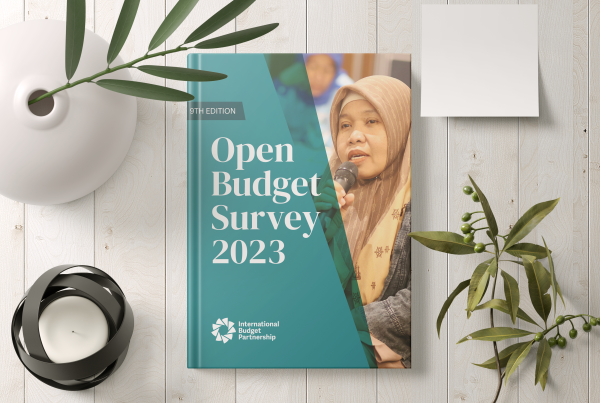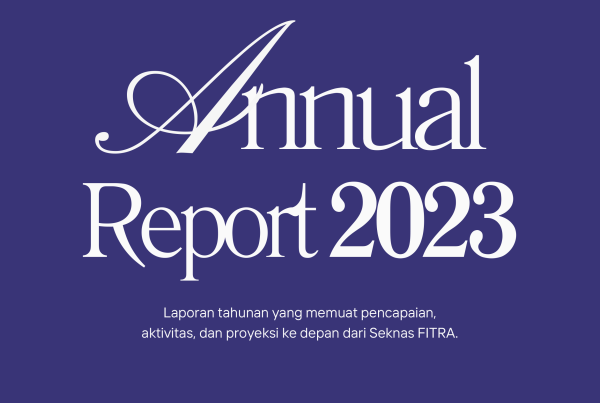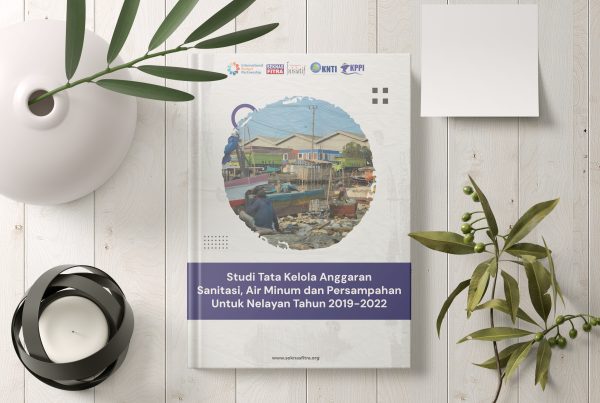The agriculture, forestry, plantation, and marine fisheries sectors provide livelihoods for a significant fraction of the Indonesian population, yet contribute less than one out of every ten dollars of revenue received by provincial and national governments. Inmany resource-rich regions, poverty rates are high and local residents receive little or no benefit from the exploitation of the country’s abundant natural wealth. With support from the International Budget Partnership and the Ford Foundation, two Indonesian civil society organizations – Perkumpulan Inisiatif (Inisiatif) and Seknas FITRA (FITRA) – with a strong background in budget analysis and advocacy set out to understand the reasons why these sectors generate so little revenue and to develop strategies for improving governance and ensuring that local communities receive an appropriate share of the benefits from economic activity in these sectors. The project was designed to take advantage of the two organizations’ complementary strengths and was motivated by the project organizers’ belief that they couldn’t effectively advocate for better services without also working to ensure that government had more money to support expanded public services.
The four sectors addressed by this project – agriculture, fisheries, forests, and plantations – accounted for 13.5 percent of the country’s gross domestic product in 2015. The contribution of these sectors to public budgets through tax and non-tax revenues, however, lags their contribution to the economy. Inisiatif and FITRA hypothesized that weak revenue collections were due to inadequate governance and corruption. Together, they believed, these factors result in “leakage” which depresses revenue collections and contributes to misuse of natural resources. The gap between the importance of each of these sectors to the Indonesian economy and the livelihoods of Indonesian families and the sectors’ revenue generating potential formed the focus for the project. This case study examines the first stage of the project, which lasted a year and included field and documentary research followed by a set of meetings designed to vet the research findings and inform and build support among coalition partners for a set of recommendations aimed at improving revenue collections and management practices.





